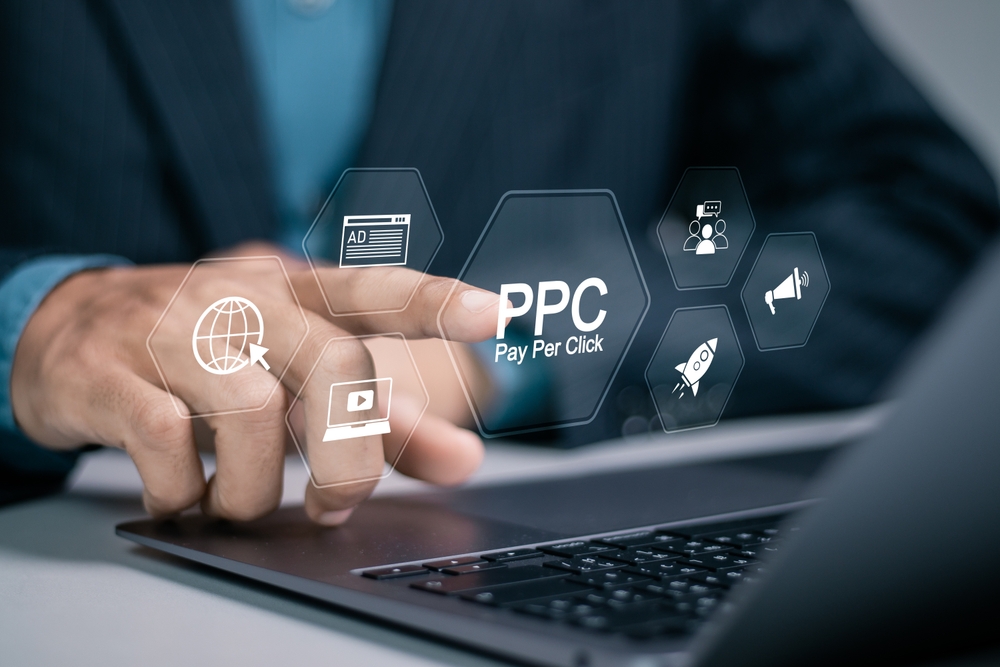Search Engine Marketing (SEM)

Search Engine Marketing (SEM) is a powerful digital marketing strategy that gives businesses immediate visibility by displaying paid ads on search engine results pages (SERPs) when users search for specific keywords. As a Freelance Digital Marketer, I leverage platforms like Google Ads and Bing Ads to run targeted campaigns, where businesses bid on relevant keywords and only pay when someone clicks—known as Pay-Per-Click (PPC). SEM is highly effective for reaching high-intent audiences quickly and delivering measurable, results-driven performance for businesses aiming to grow fast.
Pay-Per Click
Pay-Per-Click (PPC) advertising is a cost-effective online marketing method where you only pay when a user clicks on your ad. As a Freelance Digital Marketer, I use PPC as a core element of Search Engine Marketing (SEM), running targeted campaigns on platforms like Google Ads, Bing Ads, and social media channels such as Facebook and LinkedIn. This approach ensures that your budget is spent efficiently while reaching the right audience at the right time.

Key Components of SEM

These components work together to enhance a business’s visibility and drive targeted traffic, making SEM a powerful tool for digital marketing
Search Ads
when users search for particular keyword on search engine result pages they can see text-based ads. Usually, ads are found at the top bottom of the page
Shopping Ads
eCommerce enterprises frequently utilize product-based advertisements, which display photos, prices, and product details in search results.
Display Ads
Brand visibility is increased via attractive visual banner or image ads that show up on websites that are part of the Google Display Network or other ad networks.
Remarketing
ads aimed at those who have already been to your website but did not finish a desired activity, like buying something or subscribing to your newsletter.
Benefits Of SEM
- Immediate Results
- Highly Targeted Advertising
- Increased Visibility
- Enhanced Brand Recognition
- Remarketing Capabilities
